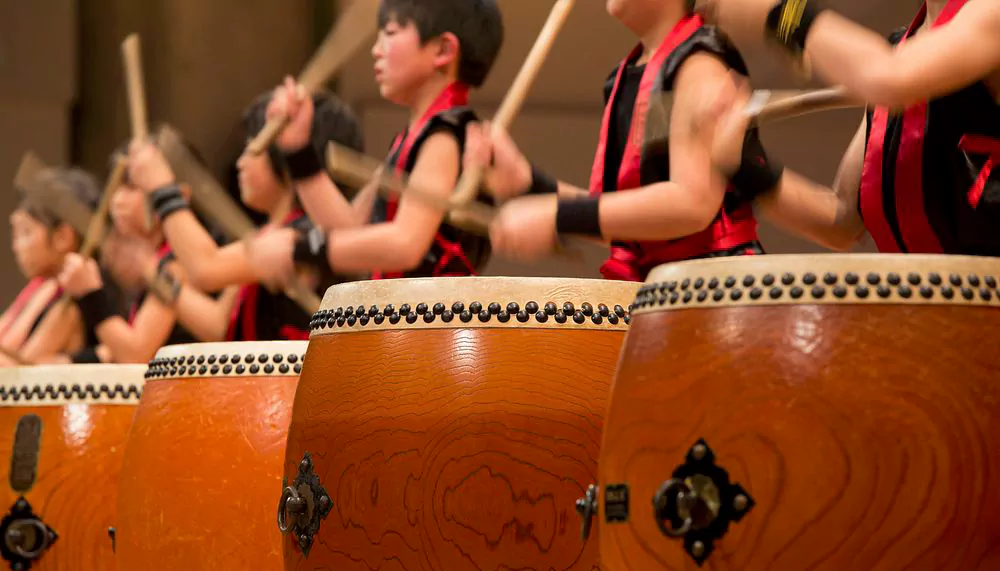Rooted in the Asia culture, Taiko drumming has come to be known worldwide as both a performing art and an educational tool. The incorporation of taiko into school music education has the potential to add a rich cultural dimension to students’ experiences, to improve rhythmic and motor skills, and to foster unity and cooperation among groups. Yet to be implemented successfully, the initiative will need thought-out strategies related to viability, teaching approaches, curriculum infusion, and longevity. This paper examines and discusses the feasibility of introducing taiko into education systems and offers solutions in practice, ways, and methods in order to promote/ popularize taiko and its sustained development as cultural art in the world.

TAIKO in Schools: Feasibility Report
A number of points in relation to the introduction of taiko to schools are as follows.
Cultural Relevance and Educational BenefitsTaiko has a great educational component such as physical coordination, rhythmic musical sense, teamwork and cultural exposure. The rhythm of the song can do great wonders to students’ music skills and rhythm recognition. Furthermore, taiko is for everyone and group drumming can even be offered at different skill levels.
Logistical ConcernsTaiko drums are large and expensive. Also there need to be spaces in schools and dollars enough for instruments and their storage. Collaborations with cultural institutions, community-based organizations and outside funders might alleviate monetary pressures.
Instructor Skills and TrainingSkilled carriers make a difference because teaching methods do vary. In-service professional development and training of teachers is necessary for continued quality.
Approaches for Integrating Taiko into School Music 63 Education
Strategy 1: Establishing Partnerships
Partnerships with other cultural organizations as well as local taiko squads can also be extremely helpful with integration. Local taiko groups and cultural foundations should fully involve schools in workshops, performances, and instructor training.
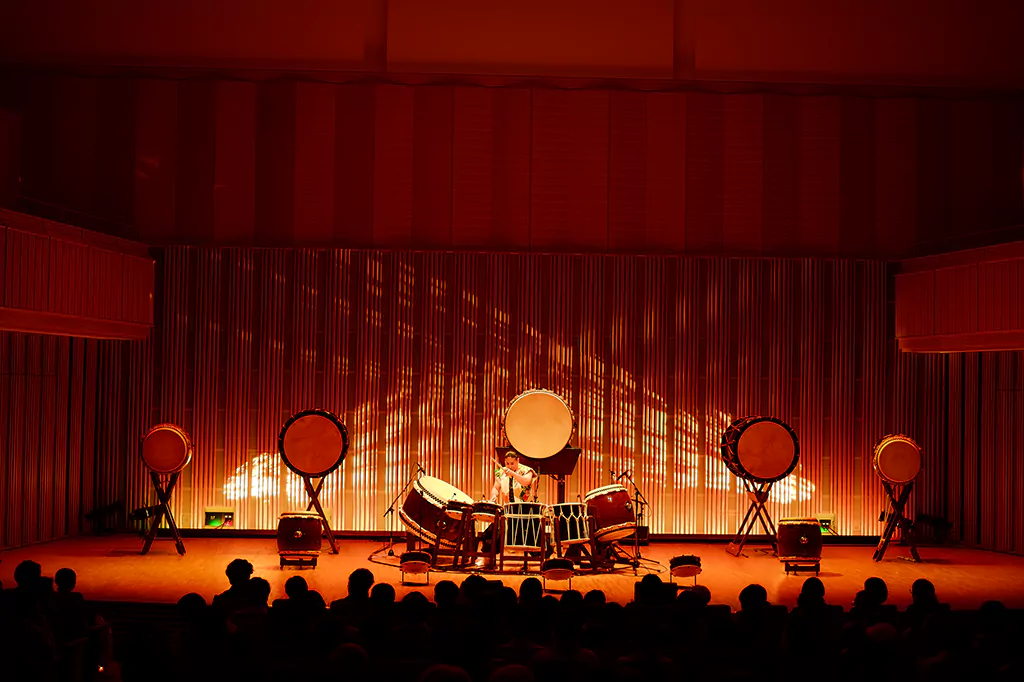
Regular work with masters of taiko drumming may also kindle students’ interest and show them professional expectations.
Community concert programs of student performances promote community and pride.
Strategy 2: Curriculum Integration
Taiko instruction should be carefully incorporated into established curricular frameworks, especially music and physical education.
Modules focused on rhythm, on ensemble playing, on cross-cultural musical appreciation could be part of music classes.
Taiko can be used in physical education to enhance motor skill coordination, physical fitness, and team work.
Interdisciplinary activities: Bridging taiko with history, geography, and social studies brings meaningful cross-cultural education.
Strategy 3: Funding and Resource Allocation
Securing financial support is crucial. Effective resource management strategies include:
Applications for grants and donations: Request grant application for specific educational and cultural projects.

Raising funds – organizing student/parent taiko events, fund-raisers (where funds would come from families and not the school) to raise money to support it.
Instrument lending/donation: Collaborating with local stores or cultural centers that can sponsor or making drum donations.
Strategy 4: Creating Accessible Forms of Pedagogy
The pedagogical approaches have to be mindful of student access and equity.
Cumulative learning works: A raining progression of rhythm exercises countless students will play before reading music, clear direction is provided to play a single but-focused line of music from start to finish.
Using inclusive teaching methods: Adapting courses for diverse learning styles and physical abilities, and skill levels will increase participation.
Visual aides and technology: Video tutorials, digital interactive platforms and recording technology improve the ability to understand and participate.
Instructional Approaches to Teaching Taiko in the Schools
Approach 1: Progressive Rhythmic Learning
31) However, programmed rhythmic training may systematically improve student skills:
Elementary Rhythms: The most basic beats and beat patterns, repetition, coordination.
More Advanced Styles: Here you start to add a bit of dynamics, accents and more complicated rhythms.
Ensemble Skills Advanced: Advancing Coordination, Musicianship, and Ensemble Skills via challenging Repertoire.
Approach 2: Ensemble and Cooperative Learning
Taiko as an ensemble drum inherently encourages cooperation and ensemble learning is a must:
Group: Synchronization, listening skills and teamwork activities.
Peer-Teaching: Leadership and ensemble cohesiveness are strengthened by more senior musicians teaching junior musicians.
Performance Practice: Scheduling performances to develop cooperation, confidence, and public involvement.
Approach 3: Putting the Text in Its Cultural and Historical Context
Cultural education in taiko practice will ensure a greater appreciation has to be a part of teaching taiko:
Historical Lectures: To give an overview of the cultural roots of taiko, its history and how it has come to be internationally found.
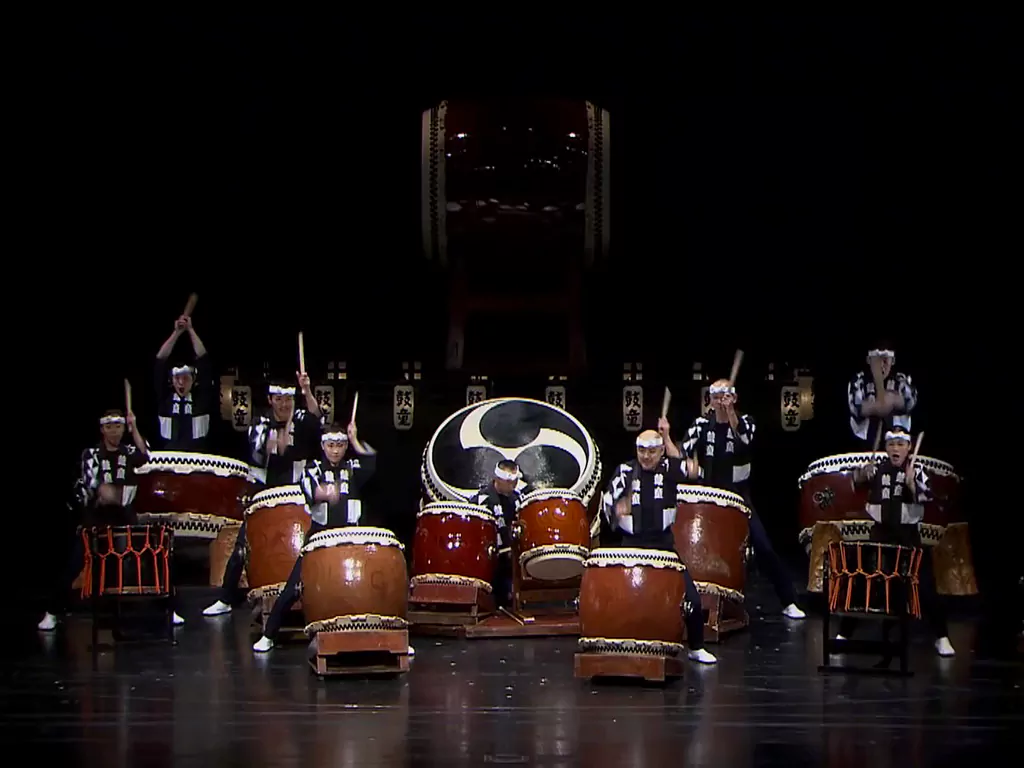
Cultural Activities: Traditional Japanese festival-including costumes, storytelling, dance, etc.
Interactive Workshops: Learn from guest artists through interactive demonstrations to engage and energize students and promote cultural awareness.
Implementation Case Studies
1 Case Study: North American Schools For hundreds of years, schools and school boards in N. America have battled with the task of creating a uniform, reliable, and fair system in which to assess student achievement.
Many North American schools have effectively promoted taiko studies as part of their music offerings:
San Jose Taiko’s Educational Program: Providing programs at schools, including regular classes, workshops, and residencies, ensuring wide access and sustained engagement.
Stanford Taiko: School-based t aiko ensemble offering outreach to schools, proving successful model of partnership.
Case 2: Taiko in European Education Titel in der Kopfzeile
Taiko has been welcomed in Europe as a learning tool, especially in intercultural and international learning environments:
Taiko in UK schools: Community projects with rhythmic education & global citizenship themes, and regular programs by institutions such as Taiko Meantime.
Educational Festivals in Germany: Introduction of taiko drumming to celebrate diversity, schools participating actively in the process of education.
Long-term Sustainability of Taiko Education
This is a difficult balance to strike and one that requires sustained support and continued flexibility of implementation:
Continuing Training Program: The consistent training of teachers, who will deliver fresh, effective, and culturally relevant education.
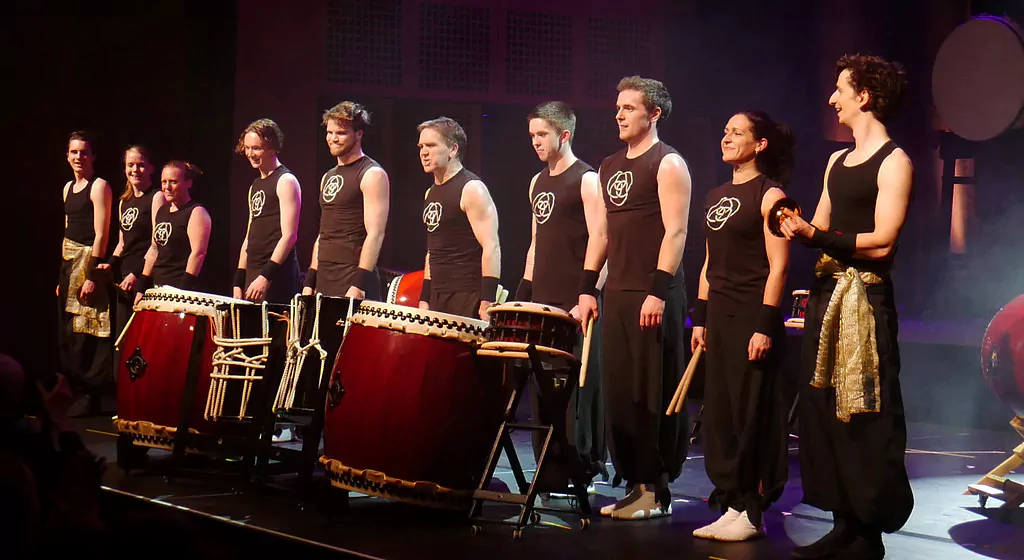
Student Leadership Programs: Developing student run taiko clubs for sustainable peer teaching and continual student engagement.
Ongoing Evaluation and Feedback: Ongoing reporting on educational achievements, student participation and effectiveness of program for adaption and improvement.
Challenges and Mitigation Strategies
Challenge 1: Capital and Operational Costs Up Front kick Every solar installation represents an initial cost, as well as a long-term investment in the value of a solar installation.
Reduction strategies: Securing external financing. Instrument sponsorships; Maintenance of equipment, as cost-effective as possible.
Challenge 2: Teacher Availability and Expertise
Mitigating: Establishing fully-fledged teaching curriculums and affiliations with professional taiko organizations that will foster a pool of instructors who stay with the program.
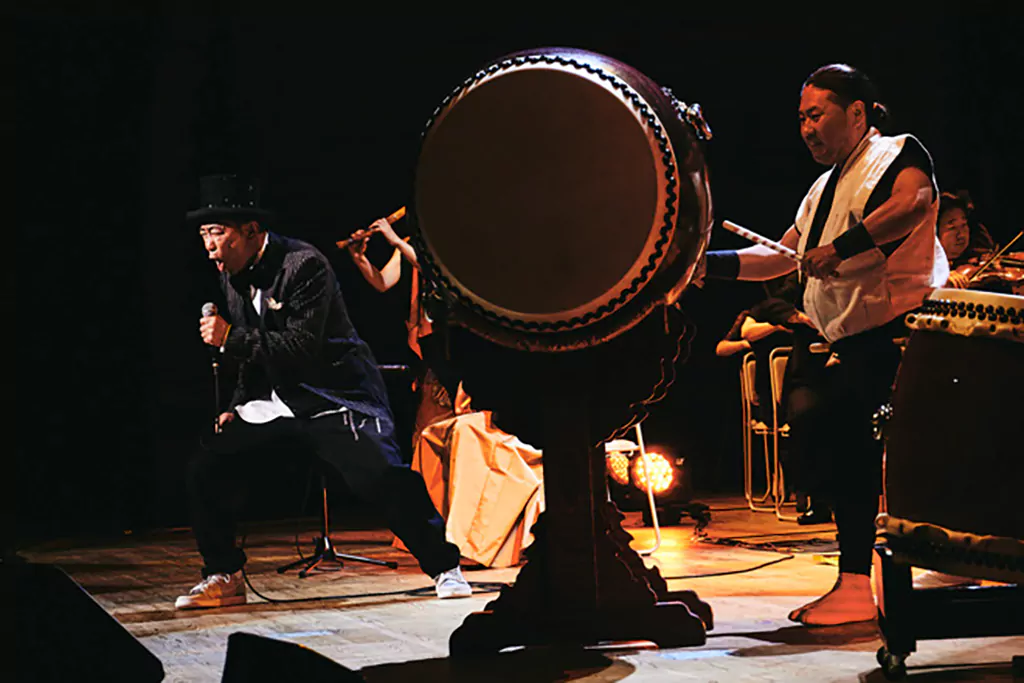
Issue: Cultural Awareness and Ambiguous Representation
Mitigation:for cultural consult, curriculum design and on-going cultural competence training for educators.
Conclusion: Future Prospects for Taiko in Education
The introduction of taiko drumming to school music programs offers a valuable package of potential gains: musical skill development, understanding of culture, and cooperative values for student learners. By doing so, meaningful and sustainable inclusion of taiko into educational environments is achieved by mitigating potential logistical, pedagogical and cultural challenges. Strategic alliances, curriculum alignment, creative pedagogy and funding models will help make taiko an ongoing and meaningful part of music education, playing a role in cultural retention and musical self-expression by generations to come.

